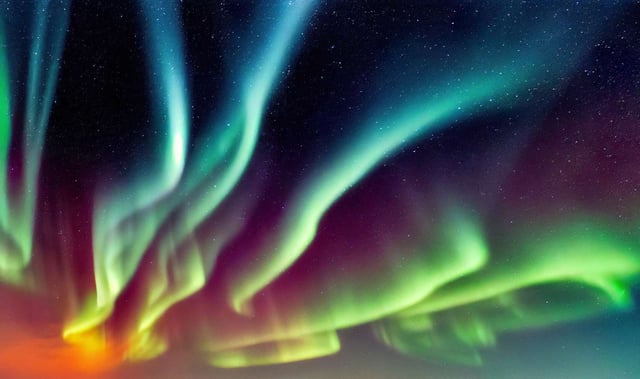Overview
- A G3 geomagnetic storm driven by high-speed solar winds from a coronal hole on May 28 pushed the auroral oval into 17 U.S. states from northern Washington to Maine and across multiple Canadian provinces.
- NOAA’s Space Weather Prediction Center projects geomagnetic disturbance through early Sunday with Kp index levels near 5, indicating strong auroral activity Friday and Saturday nights.
- The current solar maximum, declared in October 2024 by NOAA and NASA, is fueling more frequent and intense geomagnetic storms expected to persist into early 2026.
- Observers are advised to head to high, north-facing vantage points away from light pollution between 10 p.m. and 2 a.m. local time and to track real-time aurora forecasts for optimal viewing.
- The same geomagnetic storm generated aurora australis over southern Australia and prompted the Met Office to warn of possible Northern Lights sightings in Scotland on May 29.



